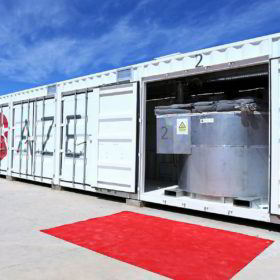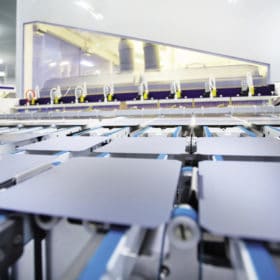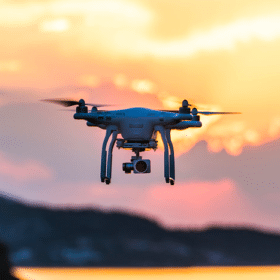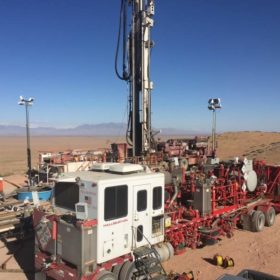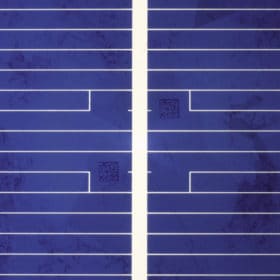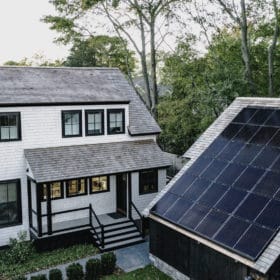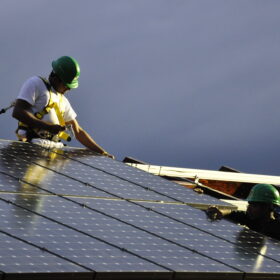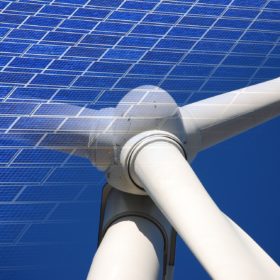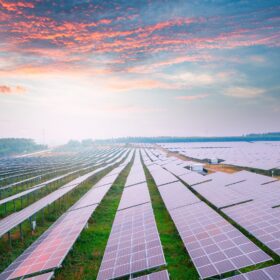What’s going on in the world of thermal energy storage?
Can this technology be commercialized? A partnership between Siemens Energy and EnergyNest to develop thermal storage solutions together is the latest development in an industry with lots of potential, but little practical application thus far.
Real-time pricing that integrates more solar power is proven to work in California
Industry participants noted the significance of a real-time pricing project on a single distribution circuit in California. State officials are evaluating real-time pricing as a means to help integrate more solar and wind power on the grid.
Longi launches 540-watt solar module, joins ‘super module’ scramble, aims for new wafer standard
The Chinese manufacturer has debuted two models in the new bifacial, double-glass series to join the scramble for a slice of the 500 W-plus market and to stake its claim to set the 182mm, M10 wafer adopted as the industry standard.
European consortium bid to bring 25.4%-efficient heterojunction-IBC solar cell into mass production
The EU-funded Nextbase project aims to manufacture heterojunction, interdigitated back-contact solar modules for less than €0.275/W. Solar panels featuring the Nextbase cell tech are expected to have a conversion efficiency of 23.2%, according to the European Commission.
Funding for solar inspection by drone, long-duration energy storage, and software for utilities
A roundup of recent funding in renewable energy and cleantech: Quidnet, DroneBase, Eos Energy, Urjanet, and Clir Renewables.
Bill Gates leads $10M investment in Quidnet’s long-duration geomechanical pumped storage
The year of living durationally — the holy grail of energy storage has always been low-cost and long-duration. Venture investors have started putting their money into novel, extended-duration storage technologies.
Energy job moves at Fluence, Avangrid, Sunfolding, Sunrun, juwi, BEI, Energy Foundation, Kanin Energy
Executive, career and boardroom moves in solar, storage, cleantech, utilities and energy VC.
Pirates of the PV industry
Product piracy is a well-known threat in many industries, and in solar the risk posed by poor quality products from disreputable manufacturers making their way onto rooftops and other PV installations should not be underestimated. With manufacturers investing in solutions to protect against inferior products bearing their logo, pv magazine looks at the size of the problem.
Volkswagen invests up to $200 million in stealthy solid-state battery builder QuantumScape
This investment comes on top of the $100 million invested in 2018. Venture capital and corporate funding of new energy technologies continues despite — or perhaps because of — the pandemic.
Vivint Solar joins EnergyHub in expanding PV and storage demand response programs
Can programs like EnergyHub and National Grid’s battery-powered DR turn utilities into residential solar fans?
